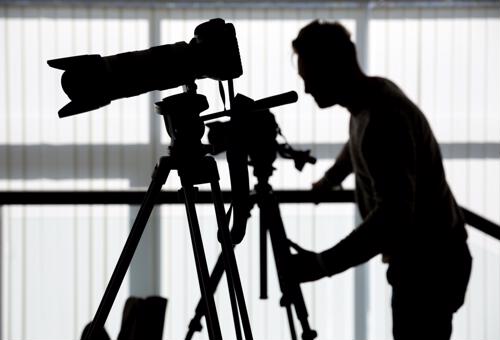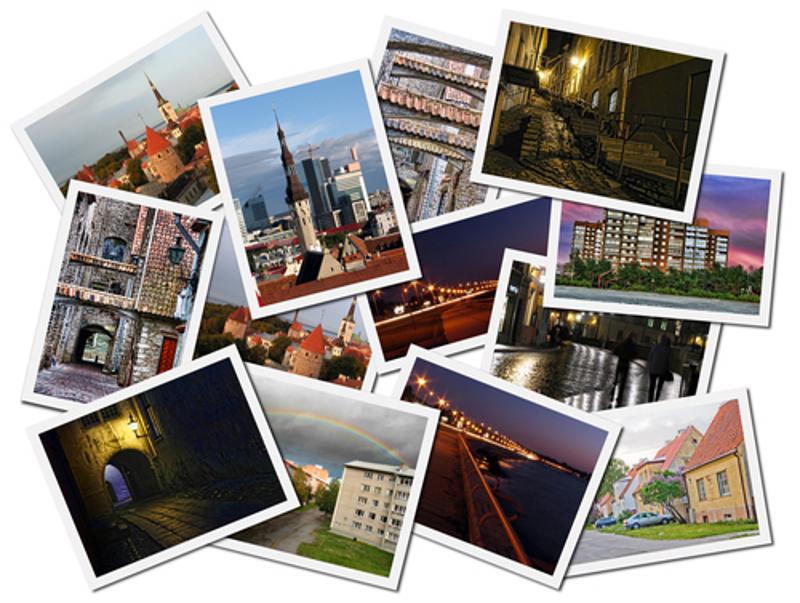Getting a conceptual grasp of photo etching

One of our biggest business challenges is the overall lack of awareness of the capabilities that photo etching can offer to engineers and designers at the OEMs that contact us for solutions. These are people who can tell you everything there is to know about processes like laser cutting, wire EDM, CNC milling, water jet and all of the other conventional methods.
Addressing this conceptual gap in the understanding OEMs have about photo etching is important because they should be fully aware of how photo etching can solve some of their most difficult design problems.
"Some of the steps in the photo etching process share a few similarities with principles of photography."
Smile for the camera
If you may have guessed from the name, some of the steps in the photo etching process share a few similarities with principles of photography.
The process always starts by printing the shape of the part, supplied by a Gerber file, onto a clear and dimensionally stable photographic film called the "photo tool." The phototool is made up of two sheets of film that show the negative images of the part. These negatives, or clear spaces will eventually become the parts.
Once the photo tool is developed, we cut the metal sheets to size, thoroughly scrub and rinse them and then laminated both sides of the sheet with a UV-sensitive photoresist. The metal sheet is then placed between the two photo tools and drawn through a vacuum to ensure that they are perfectly flat and have even contact the whole way through.
The sheet is then exposed in UV light, much like a photographic exposure, which makes the areas coated in photoresist harden. Once the sheet is exposed, we "develop" it, removing the unexposed photoresist and leaving only the bare metal to be etched.
Finally, the developed sheet is put through the etching line, where it is sprayed from both sides with a corrosive aqueous solution - usually ferric chloride - which corrodes the bare metal away. The rest of the photoresist is stripped away with a caustic solution and water. Once they're fully rinsed, we dry the parts and send them off to inspection.
 Developing phototools and UV-created exposure of the bare metal underneath are two ways in which the PCM process is similar to photography.
Developing phototools and UV-created exposure of the bare metal underneath are two ways in which the PCM process is similar to photography.So, what can you do with it?
Even though the process itself is intuitive once you get a grasp of the basic concepts behind it, the parts you can make with it range from the simple to the very complex. Here is a very short list of some of the many industrial applications photo etchers can handle with ease:
- Fine screens and meshes
- Fuel cell components
- MEMS components
- Heat sinks
- RF and Microwave circuits
- Semiconductors and leadframes
The complexity that these parts require lend themselves to the etching process. Photo etching, taking another page from the photo printing process, allows for the creation of part designs that can be intricate without having an impact on the tooling or production process.
Additionally, photo etching produces no mechanical or thermal stresses in the finished parts, leaving the finished product free of heat-affected zones, inconsistent edges and burrs. And because we don't alter the composition of the metal, photo etching is exempt from Nadcap checklist 7108/5.
Through etching, we can produce complex precision parts that would be either impossible or impractical to produce by most other fabrication methods.
Here are some of the design capabilities of photo etching:
- Metal thickness ranges from .001" to .080" depending on the type of metal.
- Part sizes from .020" diameter to 24" x 60".
- Metals include steel alloys, copper, aluminum, molybdenum and much more.
- Drawing block tolerances of +/-.005" are achievable on metals up to .032" thick.
- Minimum dimensional tolerances of +/-.001" are achievable on metals up to .005" thick.
- For metal over .005" thick, minimum dimensional tolerances will be +/- 15% of metal thickness.
- Location tolerances will be within +/-.001" of drawing nominal.


